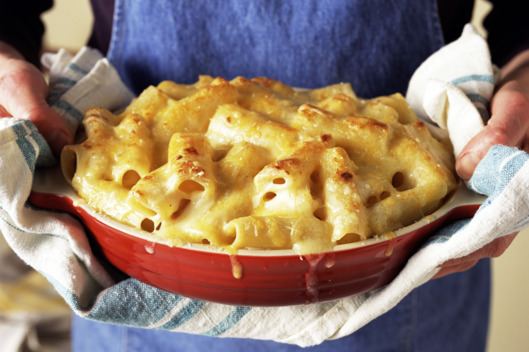 | ||
Top 10 homemade comfort foods
Comfort food is food that provides a nostalgic or sentimental value to someone, and may be characterized by its high caloric nature, high carbohydrate level, or simple preparation. The nostalgia may be specific to an individual, or it may apply to a specific culture.
Contents
- Top 10 homemade comfort foods
- Top 10 ready made comfort foods
- Definition
- Psychological studies
- By country
- Australia and New Zealand
- Britain
- India
- Indonesia
- Pakistan
- Poland
- Puerto Rico
- Russia and Ukraine
- Turkey
- United States
- References

Top 10 ready made comfort foods
Definition
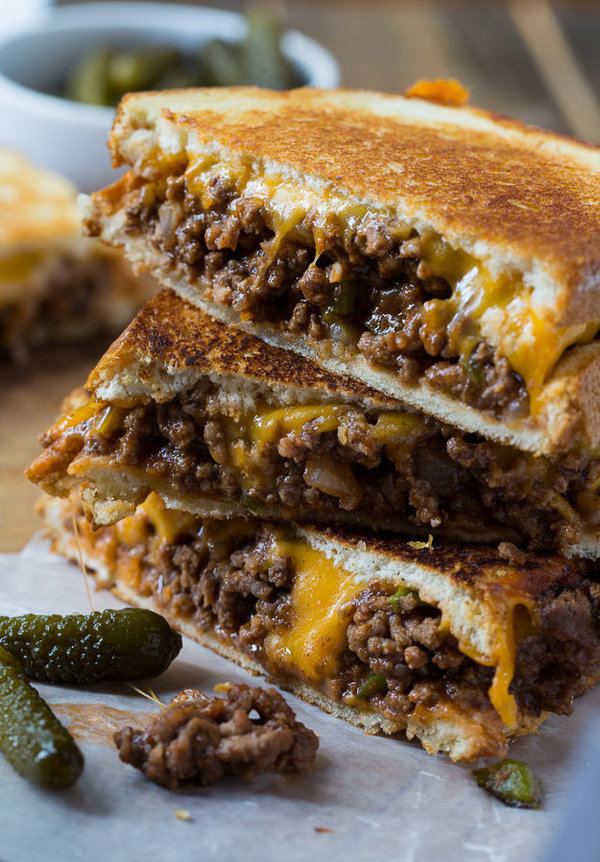
The term comfort food has been traced back at least to 1966, when the Palm Beach Post used it in a story: "Adults, when under severe emotional stress, turn to what could be called ‘comfort food’—food associated with the security of childhood, like mother’s poached egg or famous chicken soup." They are believed to be a great coping mechanism for rapidly soothing negative feelings.
Psychological studies
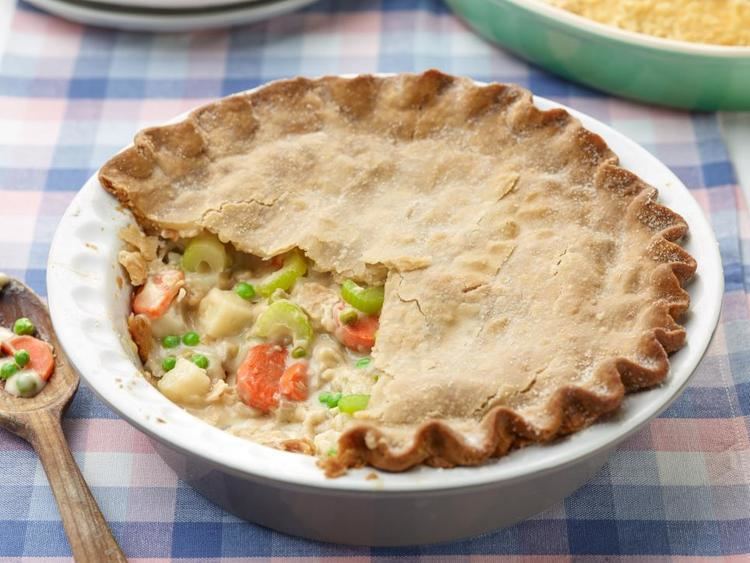
Comfort foods may be consumed to positively pique emotions, to relieve negative psychological effects or to increase positive feelings.

One study divided college-students' comfort-food identifications into four categories (nostalgic foods, indulgence foods, convenience foods, and physical comfort foods) with a special emphasis on the deliberate selection of particular foods to modify mood or effect, and indications that the medical-therapeutic use of particular foods may ultimately be a matter of mood-alteration.
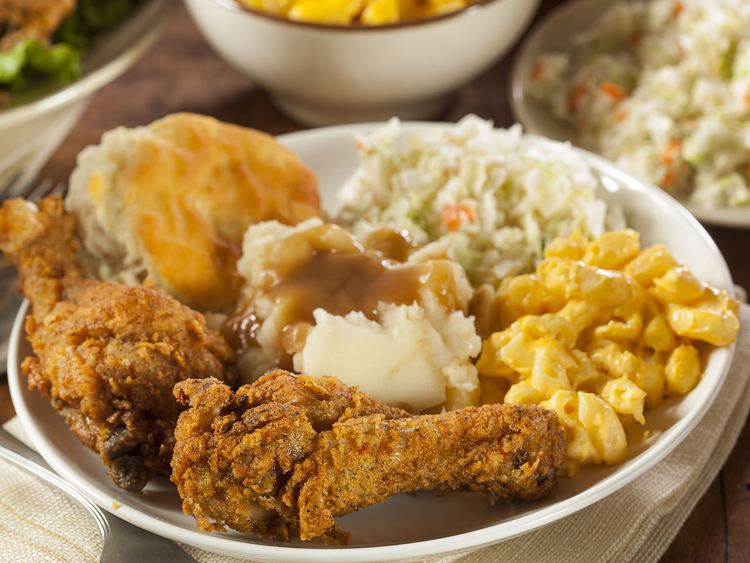
The identification of particular items as comfort food may be idiosyncratic, though patterns are detectable. In one study of American preferences, "males preferred warm, hearty, meal-related comfort foods (such as steak, casseroles, and soup) while females instead preferred comfort foods that were more snack related (such as chocolate and ice cream). In addition, younger people preferred more snack-related comfort foods compared to those over 55 years of age." The study also revealed strong connections between consumption of comfort foods and feelings of guilt. An article, "The Myth of Comfort Food" asserted that men tend to choose these types of savory comfort foods because they remind them of being "pampered" or spoiled, while women choose snack-related foods because they are associated with low amounts of work and less "cleanup." It also suggested that women are more likely to reach for unhealthier foods in times of stress due to more weight-conscious mindsets.
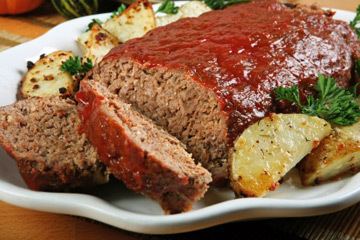
Comfort food consumption has been seen as a response to emotional stress and, consequently, as a key contributor to the epidemic of obesity in the United States. The provocation of specific hormonal responses leading selectively to increases in abdominal fat is seen as a form of self-medication.
Further studies suggest that consumption of comfort food is triggered in men by positive emotions, and by negative ones in women. The stress effect is particularly pronounced among college-aged women, with only 33% reporting healthy eating choices during times of emotional stress. For women specifically, these psychological patterns may be maladaptive.
A therapeutic use of these findings includes offering comfort foods or "happy hour" beverages to anorectic geriatric patients whose health and quality of life otherwise decreases with reduced oral intake.
By country
A partial list by country of comfort foods around the world.
Australia and New Zealand
Comfort foods in Australia and New Zealand may include:
Britain
British comfort foods include the following foods:
India
Comfort food in India usually varies between states and cities. Typically it is freshly eaten and easily available at roadside eateries or shops. Homemade food, especially by mothers, has a high sentimental value. This includes a very common Indian comfort food known as khichdi (made of lightly spiced rice and dal, usually served with ghee).
Indonesia
Some popular Indonesian foods are considered to be comfort food, usually served hot or warm, and soupy or with a soft texture. Comfort foods often are the kind of food that provides nostalgic sentiments, as they often called masakan rumahan (home cooking) or masakan ibu (mother's dishes). In Indonesia, the warm and soft texture of bubur ayam is believed to help people to recover during convalescence. Some Indonesian comfort foods are traditional Indonesian food and some are derived from Chinese influences. For some Indonesians, especially those who are abroad, comfort food might also be a certain brand or type of Indonesian instant noodle, such as Indomie Mi goreng. Indonesian comfort foods include:
Pakistan
Poland
Some Polish comfort food include:
Puerto Rico
Some Puerto Rican comfort foods include:
Russia and Ukraine
Russian and Ukrainian comfort foods may include but are not limited to:
Turkey
In Turkish, comfort food is closest in meaning to the term Turkish: Anne yemeği, "mother's dish", especially in terms of providing a nostalgic feeling, or Turkish: Ev yemeği, "home dish". Some of Turkish comfort foods are:
United States
American comfort foods may include the following foods:
